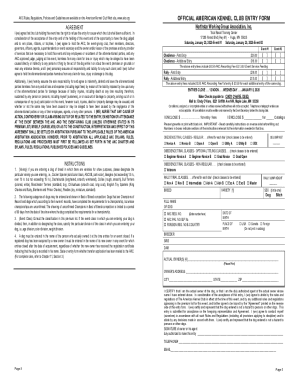Peach Bacterial Canker: Effective Treatment Options

Peach bacterial canker, caused by the bacterium Pseudomonas syringae, is a devastating disease affecting peach trees worldwide. This disease can lead to significant economic losses for growers due to its impact on tree health, fruit quality, and overall yield. Understanding the disease and its management is crucial for maintaining healthy, productive orchards. In this comprehensive guide, we will delve into the effective treatment options for peach bacterial canker, exploring both conventional and innovative approaches.
Introduction to Peach Bacterial Canker
Peach bacterial canker is characterized by its ability to infect peach trees through wounds or natural openings, leading to the formation of cankers on branches and trunks. These cankers can girdle the tree, causing twig dieback, reducing fruit production, and ultimately leading to tree death if left untreated. The disease is highly infectious and can be spread through rain splash, irrigation water, and contaminated pruning tools.
Conventional Treatment Methods
Traditional management strategies for peach bacterial canker include:
Pruning and Sanitation: Removing infected branches and disinfecting pruning tools between cuts are critical steps in preventing the spread of the disease. This method, while effective, requires regular monitoring and can be labor-intensive.
Copper-Based bactericides: Copper has long been used in agriculture for its bactericidal properties. Applying copper-based products, especially during the dormant season, can help control the disease. However, copper resistance is a growing concern, and its use must be managed carefully to avoid environmental pollution.
Antibiotics: In some regions, antibiotics like streptomycin are used to control bacterial diseases. However, their use in peach production is limited due to concerns about antibiotic resistance and residues on fruit.
Innovative and Integrated Treatment Approaches
Given the limitations and potential risks associated with conventional methods, researchers and growers are turning to more integrated and sustainable approaches:
Biological Control: Utilizing beneficial microorganisms that can outcompete or directly inhibit the pathogen is a promising area of research. Biological control agents can be applied as sprays or incorporated into the soil to promote a healthy microbiome that resists disease.
Resistance Induction: Certain compounds can induce systemic resistance in plants, enhancing their natural defense mechanisms against pathogens. This method offers a potentially powerful tool for disease management with minimal environmental impact.
Precision Agriculture and Technology: Advanced technologies, including drones, satellite imaging, and precision spraying systems, can help in early disease detection and targeted application of treatments, reducing chemical use and environmental footprint.
Cultural Practices: Adjusting cultural practices such as irrigation management, fertilization, and pruning techniques can also play a crucial role in preventing the disease. For example, avoiding overhead irrigation can reduce the spread of the bacterium.
Decision Framework for Treatment Selection
Choosing the most effective treatment option for peach bacterial canker depends on several factors, including the severity of the infection, the time of year, the specific cultivar of peach tree, and environmental considerations. A balanced approach that combines conventional methods with innovative strategies can offer the best outcomes. Here’s a simplified decision framework:
- Assess Disease Severity: Determine the extent of the infection to decide on the urgency and scale of the intervention.
- Consider Environmental Impact: Evaluate the potential environmental effects of the treatment options, opting for those that minimize harm.
- Integrate Multiple Strategies: Combine different methods (e.g., pruning, copper-based bactericides, biological control) for a holistic approach.
- Monitor and Adjust: Continuously monitor the disease’s progression and adjust the treatment plan as necessary.
Future Trends and Research Directions
As the agricultural sector moves towards more sustainable and resilient practices, future research in managing peach bacterial canker is likely to focus on:
- Genetic Resistance: Breeding peach varieties with inherent resistance to the disease.
- Microbiome Management: Leveraging the tree’s microbiome to enhance its defense capabilities.
- Precision and Digital Agriculture: Utilizing advanced technologies for early disease detection and precision application of treatments.
Conclusion
Managing peach bacterial canker effectively requires a deep understanding of the disease, its spread, and the available treatment options. By combining conventional practices with innovative approaches and considering the unique conditions of each orchard, growers can develop robust strategies to mitigate the impact of this disease. As research continues to uncover new methods and technologies, the future of peach production looks promising, with the potential for more sustainable, resilient, and productive orchards.
FAQ Section
What are the primary symptoms of peach bacterial canker?
+The primary symptoms include the formation of cankers on branches and trunks, which can lead to twig dieback and reduced fruit production. Infected trees may also exhibit water-soaked spots on leaves and stems.
Can peach bacterial canker be treated with organic methods?
+Yes, organic methods such as pruning and sanitation, biological control, and resistance induction can be effective in managing peach bacterial canker. These methods are environmentally friendly and can promote a healthy ecosystem within the orchard.
How can the spread of peach bacterial canker be prevented?
+The spread of the disease can be prevented through proper pruning and sanitation practices, disinfecting pruning tools, avoiding overhead irrigation, and implementing integrated pest management strategies that promote tree health.

